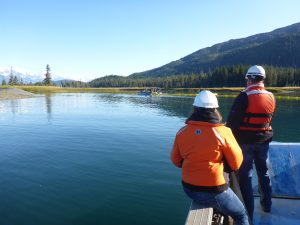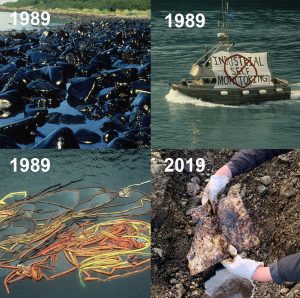Recent council concerns about a proposed change to Alaska’s spill response plan have been alleviated for now. However, the council is following a new proposal that also has the potential to affect stakeholder input.
In a letter to the council on September 1, the Alaska Department of Environmental Conservation, or ADEC, announced that its proposal to change the Regional Stakeholder Committee had been withdrawn. The Regional Stakeholder Committee is a vital tool for public involvement during oil spills, and has been effective for communication during spill drills and exercises in Prince William Sound for over a decade.
Early in 2016, the Alaska Regional Response Team, or ARRT, a group made up of 15 different federal and state agencies that share responsibilities for managing oil and chemical spill responses in Alaska, proposed changes that could have reduced the council’s, and the public’s, access to important information about a spill. The change would also have reduced citizens’ input to spill response leaders.
Involving citizens was recognized by Congress and Alaskans as an important aspect in oil-spill laws and regulations that were overhauled after the Exxon spill.
During the public comment period that followed, the council and several local communities and organizations supported keeping the committee as it was, rather than splitting stakeholders into two groups. One of the new groups, which would have included the council, would have received far less information and access to decision-makers than the other.
ADEC stated that the workgroup that put the proposal forward met on August 31, at which time a determination was made to withdraw the proposal.
Read more

